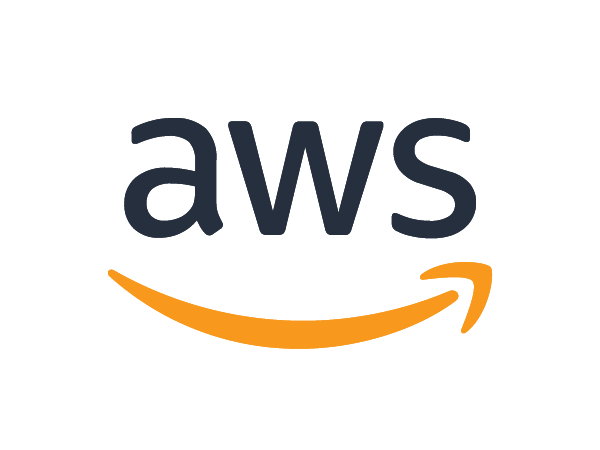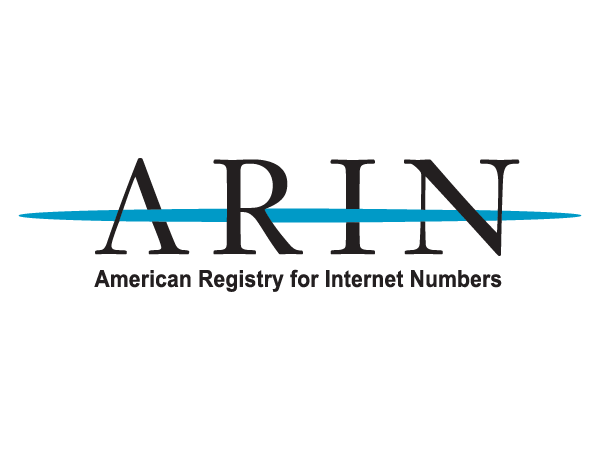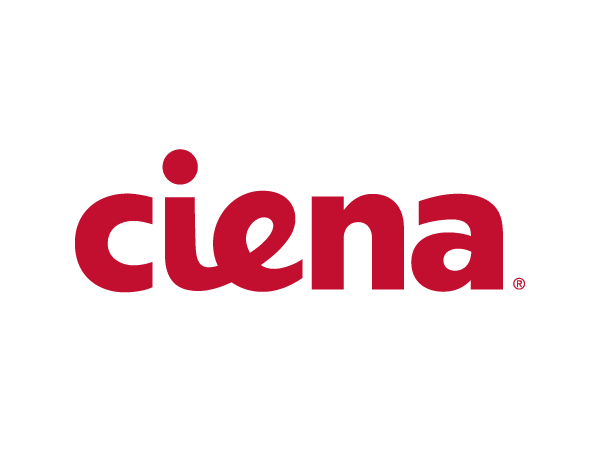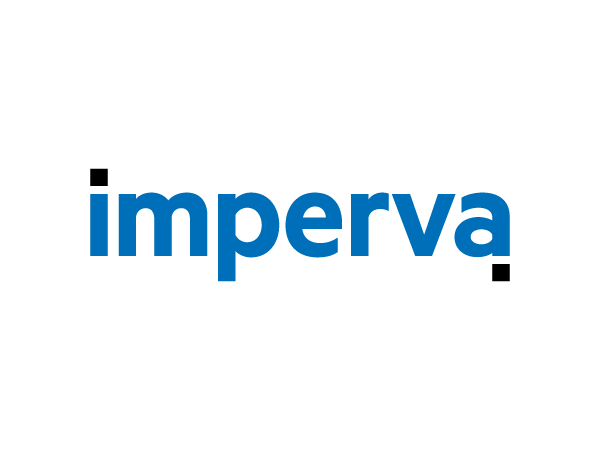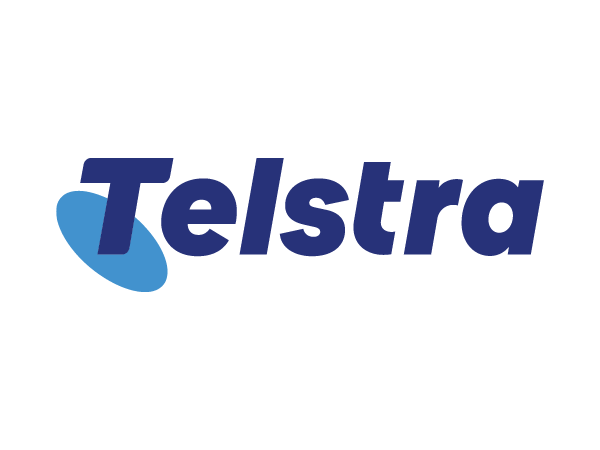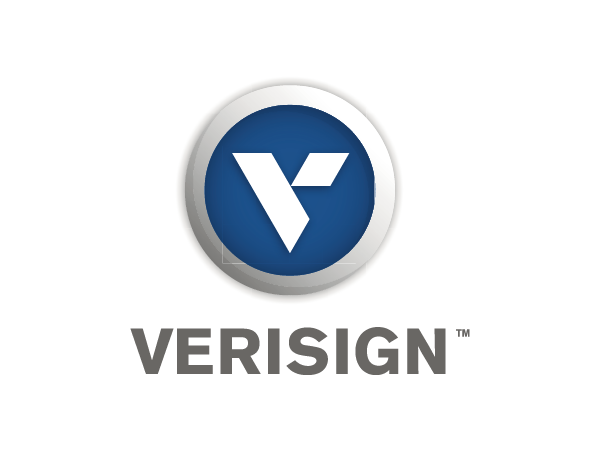NANOG 85 Agenda
NANOG 85 Agenda
Click on any talk title in the agenda to view the full abstract and speaker info.
Please note agenda is subject to change.
Sunday, June 5, 2022
| Topic/Presenter |
|---|
RecordingsFull AbstractThe NANOG 85 Hackathon will focus on the theme of Projects that Make a Difference. On Wednesday, May 25th, we will hold the Hackathon welcome, introduction, infrastructure tutorial, idea-pitching, and team-forming session over Zoom; this session will be recorded. Saturday, June 4th, will be the start of the hackathon; this day will be all virtual regardless whether or not you are at the conference venue. Sunday, June 5th, will be a true hybrid day with people continuing to work virtually as well as dedicated facilities (workspace, wifi, etc) for those at the conference venue. The Hackathon starts with a brief welcome and introduction, tutorial, and team formation on Wednesday, May 25, at 1:00pm Eastern. Hacking begins virtually at 1:00pm Eastern, Saturday, June 4. The hacking ends at 5:00pm Eastern, Sunday, June 5, when the team presentations will begin.The Hackathon will conclude around 6:00pm Eastern Sunday, June 5. We have dedicated Support/Help Hours on Saturday from 1:00pm - 4:00pm Eastern virtually via Zoom and again on Sunday from 12:00pm - 5:00pm Eastern in a hybrid format. |
|
|
Monday, June 6, 2022
| Topic/Presenter |
|---|
|
|
|
|
FilesFull AbstractNew to NANOG ? Don’t miss our Newcomers Breakfast for an opportunity to network with fellow newcomers and learn more about NANOG - both the community and the organization. Topics to be covered include: |
Speakers
|
Opening Keynote - IPv6, on by default
Vinton G. Cerf
RecordingsFull AbstractVint Cerf will share his thoughts on IPv6 as we celebrate the 10 year anniversary of World IPv6 Launch Day. Speakers
|
Global NOG Alliance Task Force: Keep Ukraine Connected
René Fichtmüller - Flexoptix GmbH
Jan Zorz - 6connect
Full AbstractUsually we support with the Global NOG Alliance, colleagues from the community who want to set up a new NOG meeting. For this we provide everything necessary, free of charge. Base is a Indico system, which includes CfP, agenda scheduling, registration, etc. In addition, we have a speaker database that we can use to help newcomers. We can also create a sub-account through our bank and the organizers of a new NOG meeting will receive a virtual and/or physical debit credit card to be able to pay for everything related to the NOG Meeting. In addition, we have the opportunity to support NOG meetings with a little money from our budget. Everything at volunteer level and everything free of charge. But the February 24, 2022 changed a lot in the world and so did us. Two weeks after the start of the war in Ukraine, I drove to Ukraine with a friend with two trucks (40 tons and 7.5 tons) to hand over humanitarian goods there. When I called a board call on March 11, 2022 to share my experiences, we decided to help as a team. And we created a task force within the Global NOG Alliance. And that was the birth of the project: Keep Ukraine Connected. We had nothing, the only thing we had.... was a mission. Mission to help our friends from Ukraine, to help ISPs. All logistics companies had stopped the service and some action had to be taken. The operators of the on-site Internet infrastructure needed equipment for the destroyed infrastructure/parts of the destroyed infrastructure. We started from scratch and by March 2022 we already saw ourselves as a link between the communities. As a link between users and manufacturers. We have the contacts and wanted to use them and create synergies. Within three weeks we managed to collect around 2 tons of equipment. This equipment came from Germany/ Europe and also the USA. Within three weeks we programmed a Supply&Demand Database where donors and those in need can register. Donors can enter what they want to donate and requesters can enter their needs there. on March 8th, 2022 I started a small European tour to collect equipment with a 7.5 ton truck. So I started in Berlin, via the Czech Republic, Austria to Slovenia. After the SEE10 meeting in Ljubljana, i continued via Austria, the Czech Republic and Poland to the Ukraine, where I met our local contacts to load the 2 tons of equipment onto another truck. We currently work with the Ministry of Digital Transformation, The Association of Rights Holders and Content Providers, The Ukrainian Internet Association and DEPS. DEPS is our local donation distributor to get all the equipment we bring to Ukraine to the right companies. In our presentation, which I would like to do with Jan Zorz (6connect), I would like to show how we see our global community and how important it is to help one another in difficult times. We refrain from any political discussions or support. We support our friends from the NOG community and also want to be a bit of an example that our community doesn't think in borders, colors, races or genders. Don't talk, just do anything is our motto and we want to pass this on and motivate other supporters to support us. Thank you for a possible acceptance of our CfP. I will submit the presentation slides asap after our internal approval. Speakers
|
Tutorial: IPv6 Tutorial
Ron Bonica - Juniper Networks
Full AbstractThis tutorial includes a presentation of the IPv6 addressing architecture, the IPv6 header, IPv6 extensibility, IPv6 Neighbor Discovery (ND), and Stateless Address Auto Configuration (SLAAC). While it highlights the advantages of IPv6 over IPv4, it also examines some IPv6 features that have not been successful. Finally, it considers why IPv6 has not yet overtaken IPv4, 27 years after its deployment. Speakers
|
Full AbstractNANOG knows the importance of networking! Some of the tables at lunch will have "Table Topics" for you to be able to meet up with other that wish to network around the same topic. Network Management Sponsors: |
Full AbstractThis presentation is both a celebration of the work performed to get IPv6 adoption to this point in North America. It also covers what work remains to continue to further IPv6 usage. Speakers
|
Panel: World IPv6 Reunion Tour 2022
Jan Zorz - 6connect
John Jason Brzozowski
Ron Broersma
Jason Fesler
Madhura Kale
Erik Nygren
Paul Saab
Mark Townsley
Matthew Wilder - TELUS
Full AbstractIn January 2011 World IPv6 Day which would take place in June of the same year was announced. This global event was a milestone for content providers and broadband networks alike highlighting a first for the global deployment of IPv6. This event represented the first large-scale enablement of IPv6 for mainstream content across the Internet. One short year later World IPv6 Launch took place and this time included large scale IPv6 enablement for eye-ball or broadband networks and for many native IPv6 was deployed. 2012 marked a change for the Internet that would continue to unfold over years to come. The latter portion of the panel discussion will be dedicated to the following question “What IPv6 advancing event is required next? Do we need one at all and if yes, when?” Done properly our community will once again illustrate the power of collaboration fueling the next and hopefully last major push for IPv6 deployment. Speakers
|
ARIN Update
John Sweeting - ARIN
Full AbstractARIN update presented by John Sweeting. Speakers
|
BGP Flowspec, a look back and a look forward
Jeffrey Haas
Full AbstractBGP Flowspec has been a useful tool for permitting operators to mitigate DDoS attacks. However, as much as it's been a good tool, it's also been a sharp source of pain. Protocol bugs, line card bugs, odd limitations in platform support have made this useful tool a challenge to deploy. This talk is a brief review of why flowspec has been challenging both to operators and to implementors, and highlight upcoming work in IETF to address some of the issues while attempting to create the ability to deploy next-generation features. Speakers
|
Sponsors: |
The Problem with North American ISP Botnets
Craig Labovitz
Full AbstractNorth American ISPs have a botnet problem. In this talk, we present results from a one year study of more than five thousand DDoS attacks observed at North American ISPs. We focus on VoIP phones, DVR, compromised cloud or other CPE / IoT devices coopted into large-scale DDoS botnets. We provide estimates of the scale, growth and distribution of botnet by ISP and device type. We show that botnet based DDoS is rapidly eclipsing all other forms of DDoS, including Amplified / spoofed which declined by more than 1/3 since our last NANOG presentation Speakers
|
Automating peering@
Jenny Ramseyer
Ben Ryall
Full AbstractThis presentation discusses automation that Meta has implemented to manage Peering requests that are usually sent by email to [email protected] - and sharing details on why we wanted this automation, what we did to achieve it and why we selected PeeringDB OAuth. We know we can automate more, and we’ll be sharing our plans for this, and encouraging other operators to consider a similar approach. Speakers
|
Full AbstractThe forum provides time for attendees to meet and network with others in the peering community present at NANOG. Peering Representatives, who completed and submitted the form will have a dedicated highboy table for up to 2 representatives. They will be able to distribute business cards, and provide a white paper or 1 sheet marketing page. Please note: any other type of giveaway is not allowed. Complete the form here: https://www.nanog.org/events/nanog-85/peering-forum/ |
Full AbstractNANOG Social Event co-sponsored with Team Cymru and Montreal Internet Exchange Location: Bier Markt *NANOG Badge required for entry *Temperature Checks before entry https://www.thebiermarkt.com/en/locations/qc/montreal/1221-boul.-r%C3%A9n%C3%A9-levesque-ouest |
Tuesday, June 7, 2022
| Topic/Presenter |
|---|
|
|
|
|
|
|
Keynote: Building Remotely During A Pandemic. Google’s network investments in Africa: the Equiano subsea cable
Sylvie LaPerriere - Google
Full AbstractSylvie will speak to us about developing the Internet during a pandemic and experiences building a submarine cable during a pandemic (all without travels...) Speakers
|
Panel: Women in Executive Leadership: Challenges and Opportunities
Jezzibell Gilmore - PacketFabric
Nikki Johnson
Johnnie Konstantas
Debbie Taylor Moore
Full AbstractIn 2016, the conclusion of a study conducted in 22,000 publicly traded company in 91 countries by The Peterson Institute for International Economics, revealed that the ones with women in leadership roles had reported 6% higher profit. While this could be attributed to several factors, one cannot underestimate the unique values those determined and hard-working leaders brought to their industries. Fast-forward to 2022 as the world prepares to embrace more relaxed COVID-related restrictions, opportunities such as working remotely are further expected to pave the way for a higher percentage of women to enter the job market. This panel will discuss the facets of leadership, challenges, successes, and opportunities. Speakers
|
FilesFull AbstractJoin us for the Women in Technology Lunch and hear a profound case one of the biggest personal challenge that is common to Women. A 10 minute "real talk" (fear of being vulnerability defied) will explore a real life example of its amplified impact on a woman in the tech industry. This will challenge you to reflect, maybe it resonates with your experience (woman, man or other gender identity); or contemplate your positions of strength to help others along. It is in these moments of vulnerability that we get to pull each other in, pull each other up, break biases (self-impose or systemic) and empower every woman in Tech. Sponsors: |
Sponsors: |
Operating a hyperscale network at scale reliably - abstract/simulate/emulate/validate
Jeff Tantsura - Nvidia
Full AbstractOperating a hyperscale network at scale reliably - abstract/simulate/emulate/validate: Speakers
|
RecordingsFilesFull AbstractMetro Ethernet networks have evolved from pure layer 2 architectures based on commodity switching to IP/MPLS architectures that are more scalable and reliable, but also more costly and complex. We discuss an emerging architectural approach that builds on low cost, commodity, disaggregated switching to create a scalable, resilient IP underlay and a simplified, automated service delivery overlay based on VXLAN and SDN control. We also describe how this architecture has been deployed in a US-based broadband Internet Service Provider (ISP) network. Speakers
|
The power of Kubernetes CRDs to automate the underlay network at the Edge via GNMI/YANG
Mauricio Rojas - Nokia
RecordingsFilesFull AbstractThe ‘edge’ is an overloaded word in the industry, and can mean several different things to different stakeholders, depending on the industry and use case. The main purpose of the edge is to bring compute and storage closer to where is needed, providing lower latency and distributed processing. Important benefits for applications like Autonomous Vehicles, Gaming and Healthcare. Switches not only need to connect the servers within the edge, but also need to connect the edge to the central Datacenters, potentially those two functions collapse in the same switch . Speakers
|
|
|
Panel: Buying and Selling IPv4 Addresses
Amy Potter - AWS
Chris Drumgoole
Tina Morris - Amazon Web Services
John Sweeting - ARIN
William Sylvester - Addrex, Inc.
RecordingsFull AbstractThere are a limited number of IPv4 addresses in existence—only 4.3 billion—and IPv4 exhaustion has become a major issue in the industry as the world is slow to adopt IPv6. For a new buyer or seller entering the market, it can become overwhelming to understand the basic process of transferring IPv4 space, protecting themselves from fraud, and ensuring their businesses receive resources on the right delivery time table. During this panel we’ll be hearing from a couple of experienced participants in the IPv4 market that can expand on mitigating transaction risks for buyers and sellers, evaluating pricing in an opaque market, using an IP address sale as an opportunity to upgrade your network, and navigating ARIN's transfer process. Speakers
|
The Anatomy of the Most Challenging Network Engineering Interview Question
Kam Agahian - Oracle
RecordingsFilesFull AbstractIn October 2019, I presented “Some boring network engineering interview questions and how to replace them with smart ones” at NANOG 77 in Austin, TX (https://www.youtube.com/watch?v=g35UumfZ-H4&t=941s). An attempt to challenge the status quo around the quality of interview processes that was a new and different topic at the time. The recording of the session on YouTube has had one of the highest number of views and the authors received numerous questions and positive feedback. This time for NANOG 85, we are submitting a follow-up topic "The Anatomy of the Most Challenging Network Engineering Interview Question". Speakers
|
On the edge of small data
Shannon Weyrick
Full AbstractEfficient analysis and collection of deeply inspected, high throughput network traffic is hard… especially as the trend towards globally distributed deployments continues. pktvisor (https://pktvisor.dev) is a free and open source analytics agent designed to address this challenge. It can analyze flow, packet capture, dnstap and other inputs, combining deep traffic analysis with data sketch algorithms to efficiently extract counts, top-k heavy hitters, set cardinality, quantiles and other key information from data streams directly on the edge. The result is lightweight time series metrics that plug into modern observability stacks. Orb (https://getorb.io) is a related open source project that acts as a control tower for a distributed fleet of agents, providing fleet and configuration management along with data collection and sinking functionality, accessible via web UI and REST API. Together their goal is to deliver immediately actionable insights local to the traffic source and simultaneously collected and integrated into global result sets. This talk will introduce the origin of the tools, discuss the goals and status of the projects, and look to the future as they extend beyond traffic analysis and into general network debugging and analytics embedded at the edge. Speakers
|
Wednesday, June 8, 2022
| Topic/Presenter |
|---|
|
|
|
|
NANOG 85 Community Meeting
Edward McNair - Right-Brain Consulting
Full AbstractDon’t miss our Community Meeting for an opportunity to hear about what is happening with NANOG and the Program Committee. Speakers
|
Universal Acceptance of Valid Domain Names and Email Addresses: Challenges and Solutions
Sarmad Hussain
RecordingsFilesFull AbstractThe Domain Name System (DNS) has evolved to include new, longer top-level domain (TLD) names, as well as TLDs and email addresses in various languages and scripts. The Universal Acceptance (UA) of these Internet identifiers means that they work seamlessly with all Internet-enabled applications, devices, and systems, some of which include email tools, webservers, content management systems, and more. Achieving UA-readiness is necessary for providing broader Internet access to global end users and driving digital inclusivity. Join the session to learn about the challenges and solutions for making UA a reality, including the gaps that need to be addressed by the technical community. Speakers
|
How to debug RPKI issues? Overview of RPKI data structures and tooling
Job Snijders - Fastly
Full AbstractEveryone is doing RPKI nowadays, but ... how does one troubleshoot issues within RPKI itself? Getting RPKI Route Origin Validation going is straightforward: install a validator and point the EBGP routers to the RTR service endpoints. But what kind of files is the validator really pulling in? How? How to decode the binary formatted files into something human readable? What kind of references do the files contain towards each other? What the heck even is a "Signed Object"? In this presentation I'll share an overview of the data structures contained inside ROAs, GBRs, and BGPsec Router Keys, and explain how to use BSD/Linux utilities to inspect this type of data. Speakers
|
RecordingsFull AbstractNANOG 85 Hackathon Recap |
|
|
Panel: An overview of EU and African NOGS
Melchior Aelmans - Juniper Networks
Denesh Bhabuta
Patrick Bussmann
Vincent Celindro - Juniper Networks
Portia Rabonda - FLEXOPTIX GmbH
Jan Zorz - 6connect
Sergey Myasoedov
Full AbstractFollowing up on interest in learning how other NOGs work, we're bringing together five NOGs in a panel to give a quick overview of their Modus Operandi and general philosophy. Starting with a brief intro from NANOG, the format is short ~5 minute NOG presentations followed by a panel discussion around the benefits of the different models especially in the age of Covid. We would like to get audience interaction driving the Q&A section. The NOGs represneted on the panel are: Speakers
|
Path Tracing
michael valentine
Full AbstractECMP is a key in today’s IP network. It provides both efficiency and resilience. However, the detecting and troubleshooting of these ECMP paths remains a big challenge that faces many operators. FIB corruption or FIB misconfiguration at any node is one among many issues that can happen and may lead packets to follow a non ECMP Path. Speakers
|
|
|
Full AbstractOptical fiber carries over 95% of terrestrial internet and private network traffic, and over 99% of international traffic via undersea cables. It is a miraculous medium, but it has fundamental limits in terms of the combination of capacity and reach. With almost 5 billion kilometres of optical fiber already installed, there is a strong incentive to extract as much capacity from existing fiber as possible. We will explain each of these options, including giving an explanation of emerging fiber technologies. We will also attempt to show the potential increase in capacity from each of these options. Speakers
|
Lightning Talk: 20 hours to 20 minutes: a story of process, automation, and being lazy!
Charles Rumford - Deft and TallWireless
Full AbstractLike many tasks, draining traffic off core routing device should be a simple task, but as you dive deeper into it (depending on the architecture) can become a complicated task with many moving parts to track and tasks to complete. This talk is going to walk through the process I went through to document, understand, automate, and improve the task of draining traffic off a routing device to be able to perform maintenances more often with low impact to customers. This talk is is both about the tool which was created but also about the process, and the iterative nature to get the tool to the state it's in now. Speakers
|
Full AbstractPower costs involve both consumption and provisioning. Traditional approaches to provisioning in large systems (e.g., Cisco ASR 9000, NCS 5500, Juniper MX/PTX, etc) tend to overestimate power requirements and push operators toward populating more power supplies than they really need. This is exacerbated by the wide range of optics power in the 400G generation (up to 800W / RU), which break traditional static approaches to power budgeting. Improving provisioning can save money (fewer PSUs and power feeds), free up facility resources (e.g., consume less cooling budget), and still prevent brownouts. It can also improve the efficiency of PSUs (they are most efficient at 30-100% load so too many PSUs can waste power). My experience is in leading enhancements to address this for Cisco's 8000 series, but the concepts apply to many platforms and operators will benefit if they are applied more broadly. In this talk, I'd like to encourage operators to revisit this area of sw/facility interaction as a way to explore efficiency improvements. Speakers
|
Speakers |
Open Seating is located in the 2nd Floor Foyer. Network Lounge is located in Parc Mont-Royal A-C.
Espresso Bar, sponsored by Inter.link, is open Monday - Wednesday from 8:30 am to 4:30 pm, located in Square Victoria.

